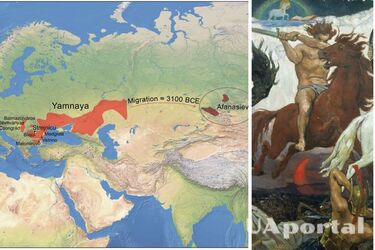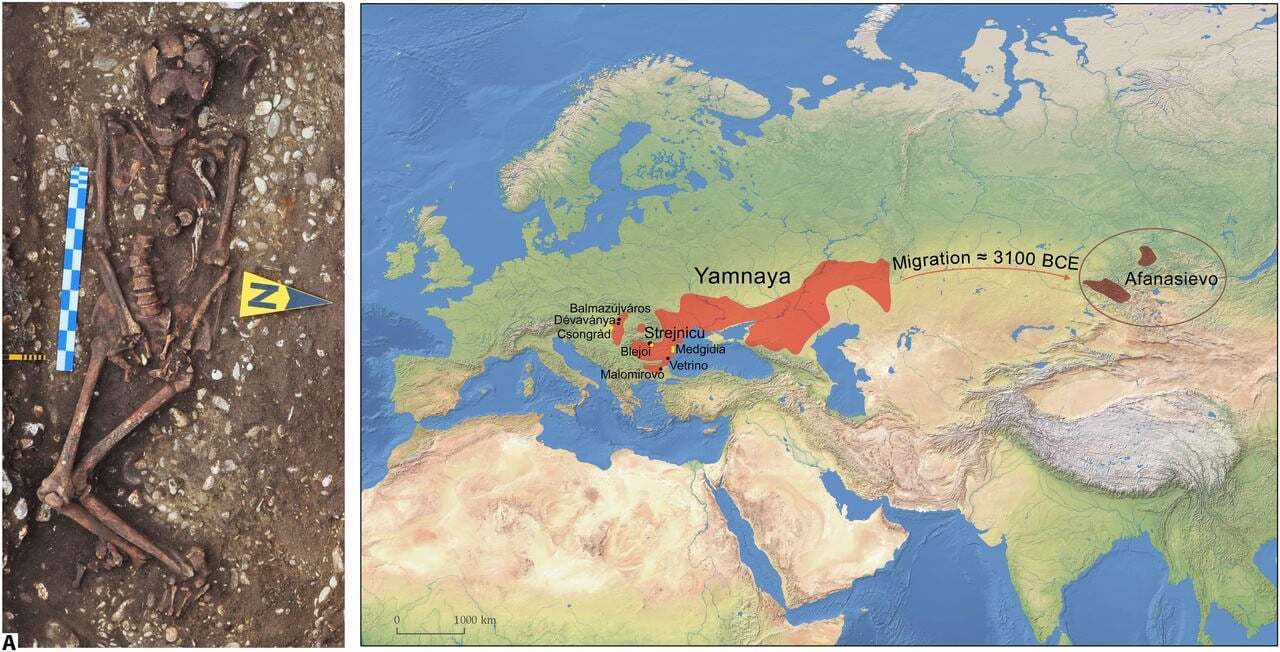Archaeologists have found skeletons of horseback riders in Europe, which are more than 5,000 years old (photo)

Archaeologists have found the remains of people in Europe, who lived 5,000 years ago, with traces of horseback riding on the skeleton. This is the oldest known evidence of the use of horses not only for food, but also as a means of transport. The Science Advances journal wrote about it.
Read also: A medieval royal wharf was discovered in Norway
Researchers from the University of Helsinki, together with Romanian, Polish, Bulgarian and Hungarian colleagues, examined the remains of 217 people, most of whom belonged to the Yamna culture (Pit Grave culture). The remains were found in 39 locations in Romania, Bulgaria and Hungary. They were dated V-II millennia BC.

When studying the skeletons, scientists noticed in five of them probable signs that these people were engaged in horseback riding. This is evidenced by the characteristic wear and tear of the vertebrae from jumping on a horse in motion and the thickening of the femur at the points where the thigh muscles attach to it, which indicates that they were often strained, such as to hold on to the horse. All these remains belonged to adult men who lived in 3021-2501 BC.
It was previously known that people kept horses for their milk and meat in those days. is the first to provide evidence of horseback riding in those times. It helped to develop and migrate over long distances faster.
Until now, the oldest evidence of horseback riding was an image of a rider from Mesopotamia dating back to the 2nd millennium BC, although it is not clear on whether the person is depicted on a horse or a donkey.
Earlier, a group of volunteer scientists from three universities in Chile found a new moai statue in the volcano crater on Easter Island.
If you want to receive the latest news about the war and events in Ukraine, subscribe to our Telegram channel!
